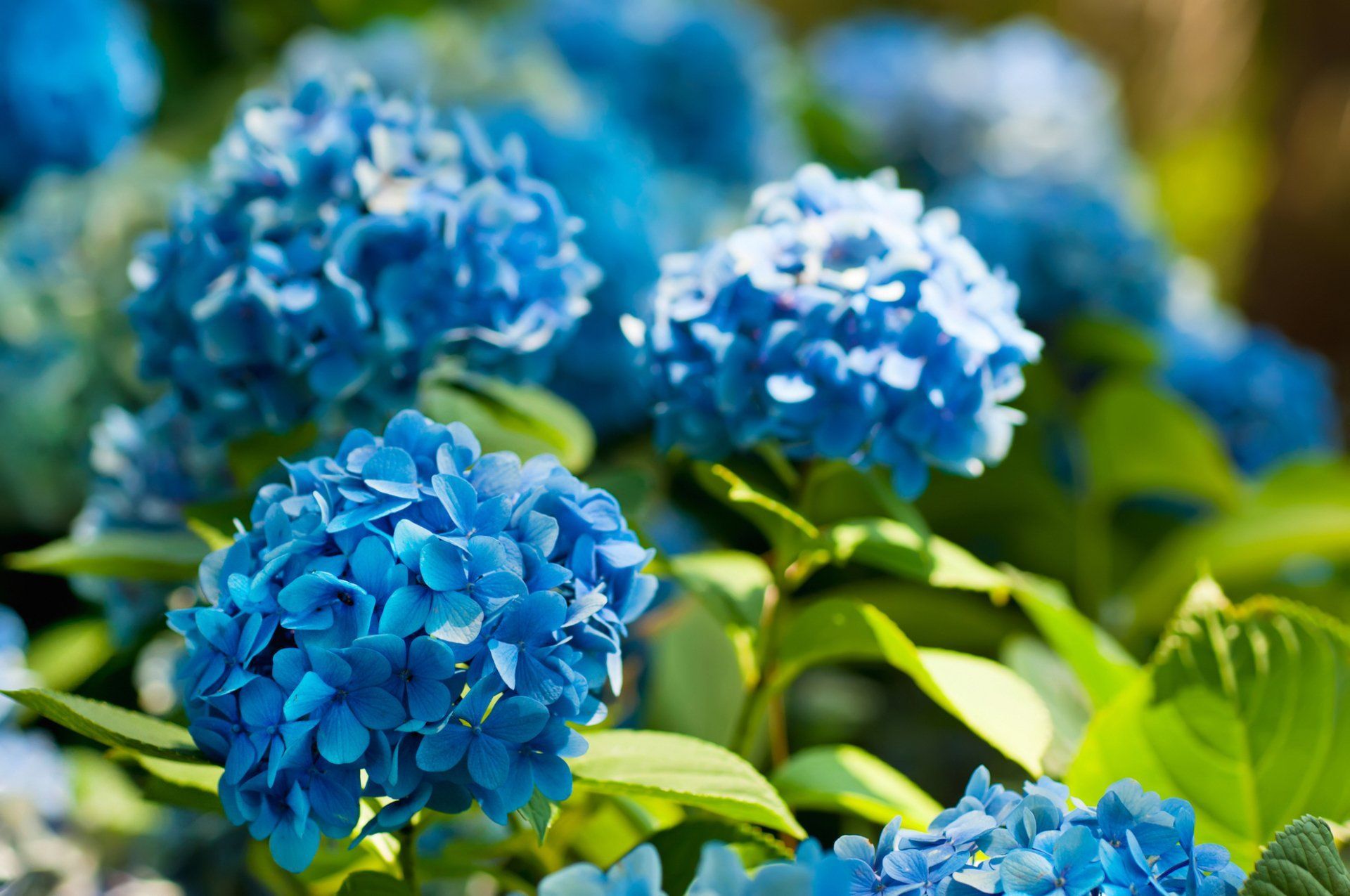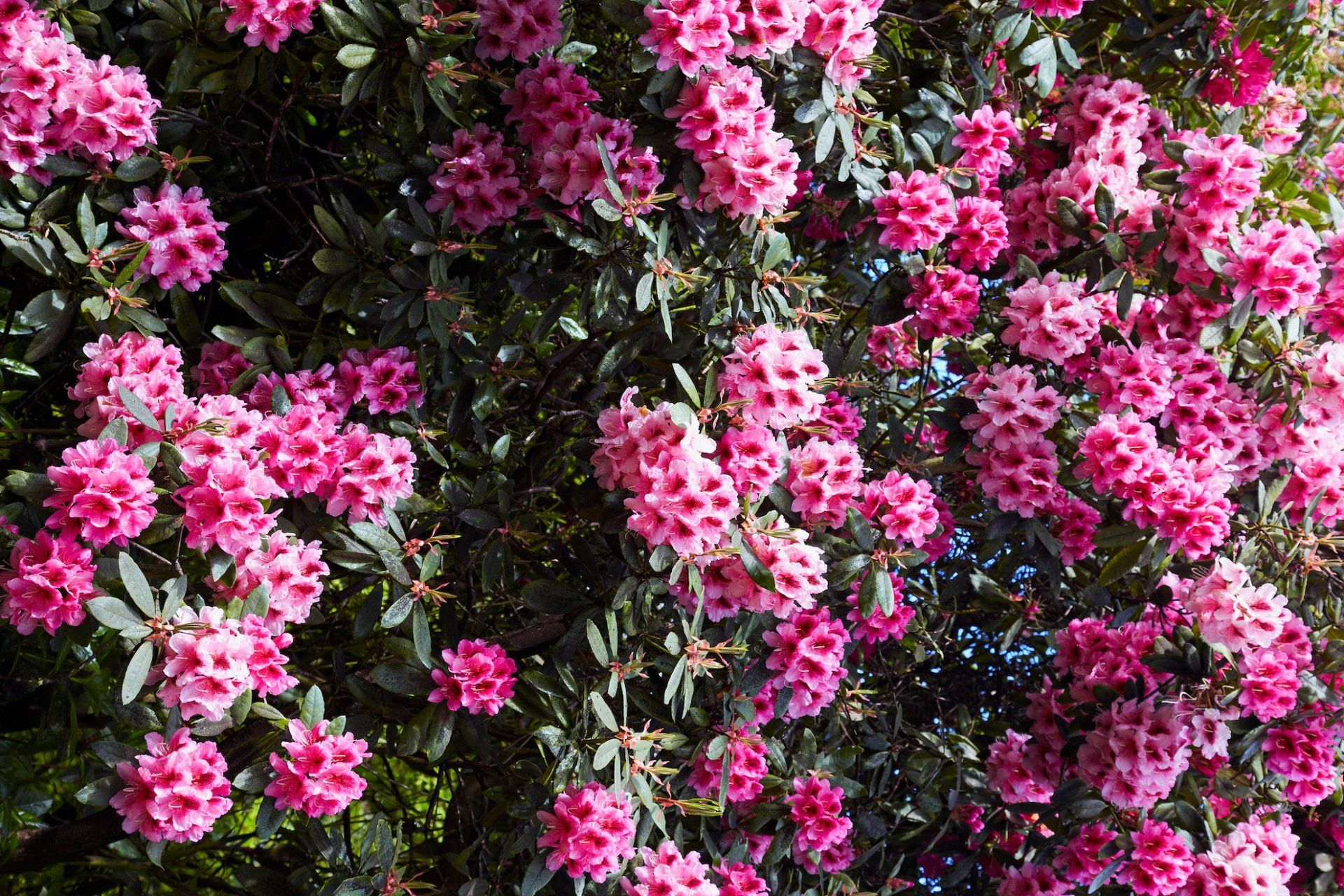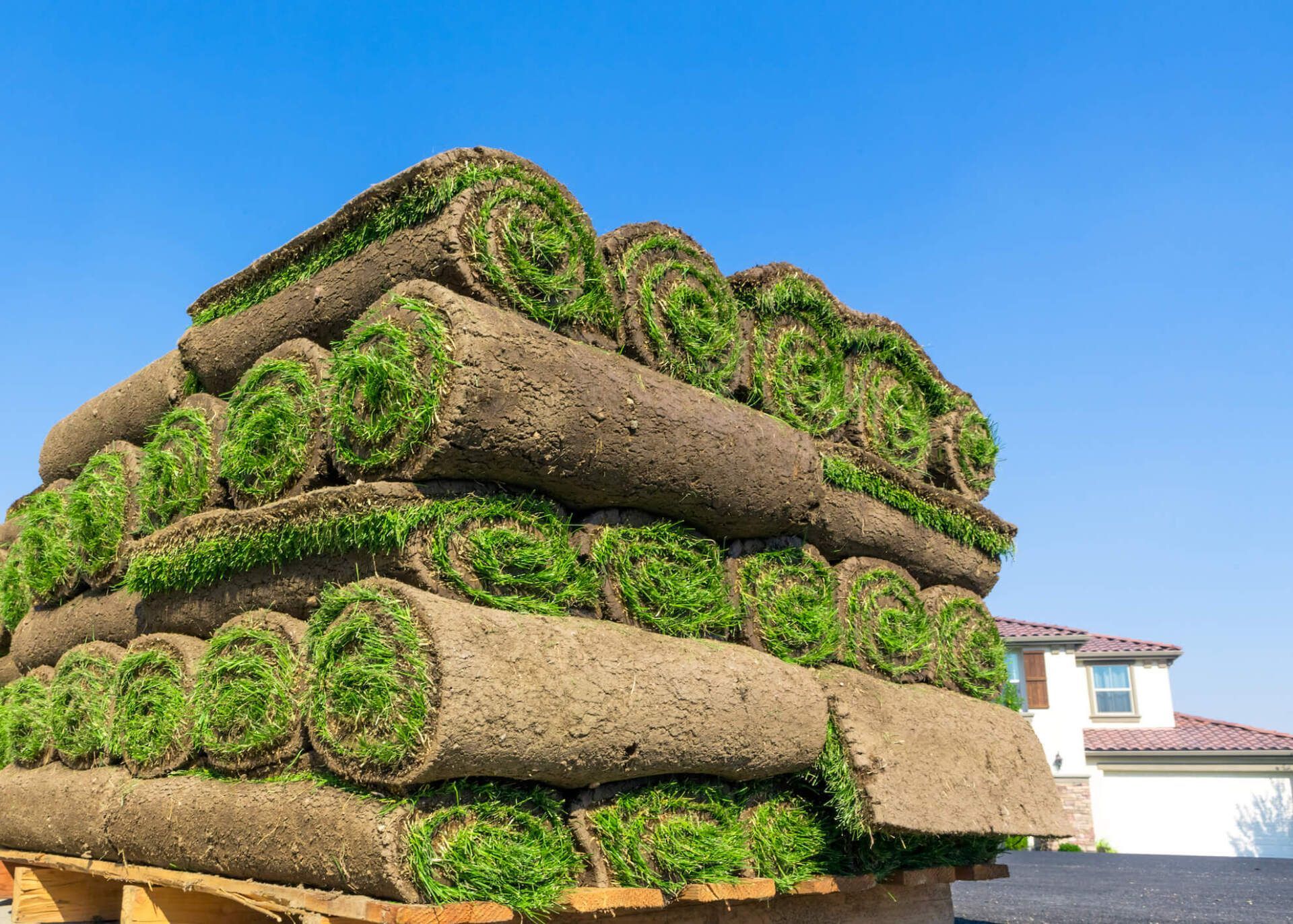Your Ultimate Step-By-Step Guide to Crepe Myrtle Pruning And Trimming
Crepe Myrtle (also known as Crape Myrtle) is one of the most beautiful ornamental shrubs and trees that you can have on your lawn. Whether you live in Oakville, MO, Mehlville, MO, Affton, MO, Arnold, MO, or any other part in St. Louis County or Jefferson County, you’ve surely found pleasing crepe myrtle trees featuring attractive barks and elegant flowers. Another notable thing about this year-round tree is that you can have smaller crepe myrtle bushes to towering crepe myrtle trees to match your lawn’s aesthetics. Apart from the lively summer colors offered by crepe myrtles, they also bloom in heat and humidity and offer drought tolerance. In short, there’s no reason not to fall in love with the long blooming crepe myrtle trees.
Unfortunately, while many homeowners plant crepe myrtle trees, a few of them correctly prune them. And when talking about pruning crepe myrtles, it’s strongly advised to leave them alone instead of pruning them incorrectly.
As a leading lawn care service provider in St. Louis County, we frequently receive queries about what should be the right way to prune and trim crepe myrtle trees. Instead of answering them one by one, we decided to create this ultimate guide on crepe myrtle tree pruning and trimming so that all our homeowner friends can have a handbook that they can readily refer to.
What Is The Right Time To Prune Crepe Myrtle Tree?
Many lawn owners and some inexperienced lawn service providers think that the fall is the right time to prune a crepe myrtle. However, if you prune your crepe myrtle tree or crepe myrtle bush during that season and the temperature starts to increase after that, the trees may actually start growing. The new growth will be very vulnerable to freezing temperatures. And if another cold snap comes around, it could severely damage the health of the tree. So, ideally, you should prune crepe myrtles in mid February to save them from winter injury.
How to Prune and Trim Crepe Myrtle Tree the Right Way?
Pruning of a crepe myrtle requires a couple of simple gardening tools. These include:
• Bypass pruners (for smaller stems and branches)
• Loppers (for medium-size stems and branches)
It’s also advisable to wear gardening gloves to avoid cuts and scrapes and protect the existing ones from infection.
Step-By-Step Process to Prune Different Crepe Myrtle Trees
Before you delve deeper into the steps of pruning, you should decide what kind of look you want your crepe myrtle to have. You need to choose from single-trunk crepe myrtle tree, multi-trunk crepe myrtle tree, and crepe myrtle bush.
How to Prune a Single-Trunk Crepe Myrtle Tree?
First of all, eliminate any additional stems that are protruding from the ground along with any suckers. Also, be sure to remove the basal sprouts that may have emerged from the plant’s base. Then, choose a leading single trunk for your crepe myrtle tree and prune away all other side branches that might compete with it. It’s important to keep in mind that if you want to follow this method, you need to start when the tree is in its young stage. This is because you most likely won’t be able to prune an established crepe myrtle tree to this style.
How to Prune a Multi-Trunk Crepe Myrtle Tree?
Step #1
A well-structured, healthy crepe myrtle tree should appear with only a couple of main trunks to promote a graceful appearance. Trees with having an odd number of trunks are visually more appealing than those with an even number of trunks. First, choose some of the trunks that are growing healthy and straight, and have an adequate space to grow. Prune all the suckers from the bottom and any other trunks. It’ll help you not to have a dead stub that not only looks ugly but potentially invites diseases and insects as well.
Step #2
In case your crepe myrtle tree bloomed last year and the seed clusters weren’t removed, you should see them at the heads of at least a few stems from the last year. When pruning your crepe myrtle tree, remember to trace down from a stem’s top to the area where it joins a branch. Now, make a cut around 6 to 12 inches over the intersection.
There’s also another technique to choose the area where to make the cuts. Hold a stem’s tip and bend it over and make the cut exactly at the point where you see the stem is starting to bend.
If the upper branches grow in different directions, they’ll look pretty. Therefore, prune off any of them that’s growing and occupying the area of another branch. Remember to make the cut a little above a bud, which faces the direction that you wish the new branch to grow. Also, cut off the limbs that may rub against each other. This is because the branches may wound each other due to growth and strong wind movement. It’d also be wise to eliminate additional branches in your crepe myrtle tree’s interior to promote better sunlight penetration and air circulation, which will lower the chances of diseases such as powdery mildew.
Step #3
While thinning of the limbs every couple of years will promote new blooming and growth, you need to prune only the limbs which have a diameter of less than the width of a pencil. If you keep them as it is, it’ll lead to poor new growth, which will make it difficult for your crepe myrtle tree to support flowers.
How to Prune a Crepe Myrtle Bush?
In recent years, some lawn owners prefer to allow their crepe myrtles to grow into their natural shape, which often leads to crepe myrtle bushes. If you too want this look, remain assured that it’ll still look beautiful and bloom as long as you fertilize and water it properly. And you’d need to perform a minimum amount of pruning to maintain strong branches and trim back as required.
Mistakes to Avoid When Pruning a Crepe Myrtle Tree
Crepe myrtle tree pruning may seem like one of the easiest jobs when it comes to crepe myrtle tree care but it can cause some serious damage to your beloved plant if done wrong. We’ve seen many lawn owners feeling panicked after they’ve made some wrong cuts and realized that they’ve just destroyed the natural shape of their crepe myrtle tree.
Here’re the most common tree trimming mistakes we frequently observe to help you understand what you must try to avoid.
Understand “Crape Murder”
“Crape murder” refers to over-pruning, as well as, cutting the tops away. While some unprofessional lawn service providers or inexperienced homeowners prefer to use this technique because it’s simple and quick, it may harm the plant severely. There’re two reasons for which we do NOT suggest this. First, even if this technique helps to create bigger blooms, they may droop from the new branches and break. Second, if you do this year after year, it’ll promote a knobby growth at the location of the cut, which is not only vulnerable to diseases but ruins the beauty of a crepe myrtle tree as well. And remember that over-pruning may stress a tree. This is because removing branches heavily means you’re taking away stored resources, which will lower the photosynthetic capacity of the tree and impact its growth. Another reason cited by some inexperienced lawn care service providers is that “crape murder” promotes controlled growth, which isn’t true at all. Even if the trunk survives after the incident, it’ll produce a lot of fresh bushy growth at the locations of the cuts. As a result, the tree will eventually require more maintenance than ever before.
Incorrect Pruning Cut
A correct pruning cut reduces the damage that occurred to your crepe myrtle tree and helps it to heal faster. On the contrary, an incorrect cut such as cutting very far from the trunk or cutting extremely close to the trunk might cause severe damage to the tree. Both of these may lead to decay, which’s extremely bad for any tree. Additionally, if you leave the tree with improper cuts, the tree will become highly susceptible to pests and diseases. When making a cut, it’s also important to maintain a steep slant. It’ll ensure that water won’t sit and be soaked by the raw wood, which may lead to decay.
Pruning of Incorrect Limbs and Twigs
You should remove limbs and twigs, which are growing toward your crepe myrtle tree’s center or touching each other. It’ll save the bark from getting damaged because on windy days the limbs may rub against each other. Additionally, if you see that your tree is having small limbs that might hang out over your lawn or walkway over time, you should cut them off right now. It’ll help you or your hired lawn care service provider to perform lawn maintenance tasks such as mowing easily and make it less traumatic for your tree as well.
Pruning during the Improper Season
Crepe myrtle trees are very resilient and you can plant them in almost any season including the summer. However, be sure not to prune heavily during their growing season. It may trigger a risk of making the tree starve by eliminating too many leaves. While crepe myrtles are sun-loving trees, an already stressed tree from over-pruning might make it less resilient when there’s a scarcity of water. Additionally, if you cut off too many branches, which shade the bark, may expose the growing tree to the scorching sun that may hurt the plant.
Improper Topping
Tree topping simply refers to the cutting off your crepe myrtle’s top. While this may sound like a simple task, it often generates unnecessary stress to the tree. Most of the time, lawn owners and lawn service providers use this technique when a tree spreads out of its allotted space. Since crepe myrtles are available in various sizes, it’s advisable to review the space that you can make available for the tree before buying it to avoid unnecessary topping. Ideally, you should talk to one of your reputable lawn care service providers that regularly deal with crepe myrtles in order to choose the right location. Remember that crepe myrtles require well-drained soil, a sufficient amount of airflow, and lots of sunlight. You figure these things out at the beginning and you’ll most likely never need to think about anything like “crape murder”. Even if you need a drastic reduction in the size of your matured crepe myrtle tree, crape murder is never a good option. This is because it’ll result in an unhealthy, ugly tree.
Using Unsharpened Tools
When it comes to crepe myrtle shrub trimming or crepe myrtle tree pruning, very few people actually think about the sharpness of the tools that they’re using. However, the reality is, using unsharpened pruners or loppers can cause severe damage to the tree. It may lead to improper or rough cuts that may shred the bark, which may result in bigger wounds.
Apart from these, there’s one more important thing that you should always keep in mind when it comes to pruning your crepe myrtle tree. For these trees, pruning isn’t necessarily required for blooming. The last year’s seed heads can remain on the tree all year and you’ll still get a sufficient amount of blooming in the present year. So you should prune without damaging the plant’s overall health. Pruning without any proper objective will create unnecessary stress for the plant. When you prune a crepe myrtle tree using proper techniques and the right tools, it’ll help you get a multitude of benefits including enviable beauty, controlled growth, and better health and vitality.
Closing Thoughts
And finally, heavily improper pruning takes professional expertise, patience, and time to fix. And in the worst situations, it sometimes causes irreversible damage to the tree. So, prune your crepe myrtle tree when you actually need to do it. Just be sure to keep the above steps in mind, use proper pruning techniques, and your crepe myrtle tree will keep on exuding outstanding beauty for years!



